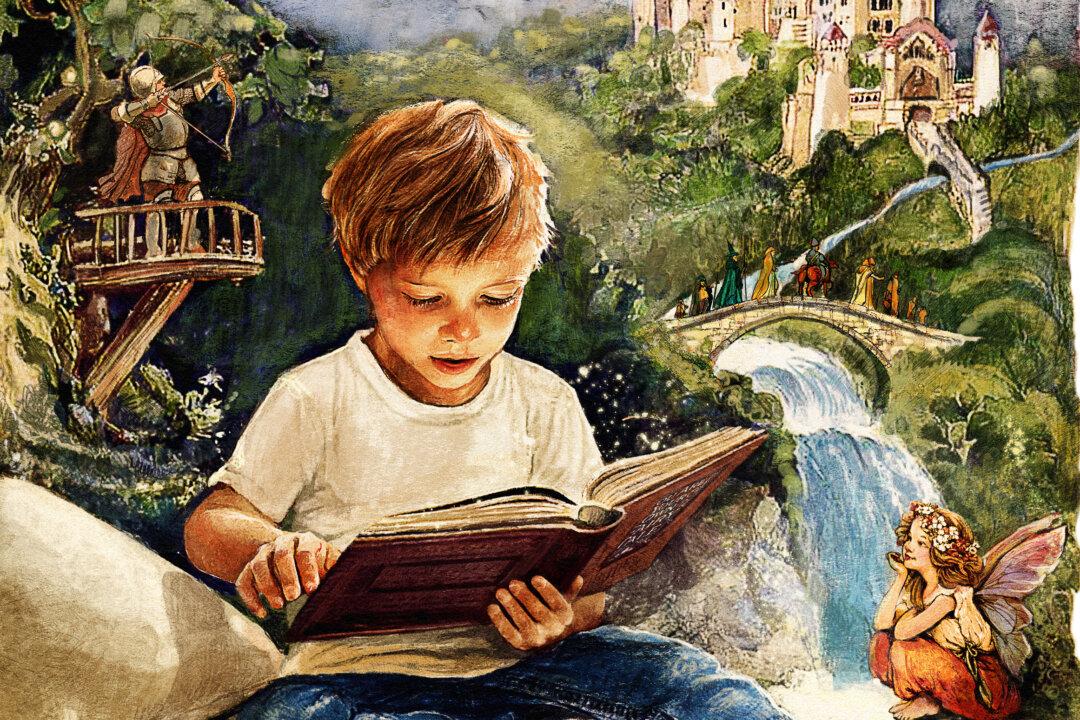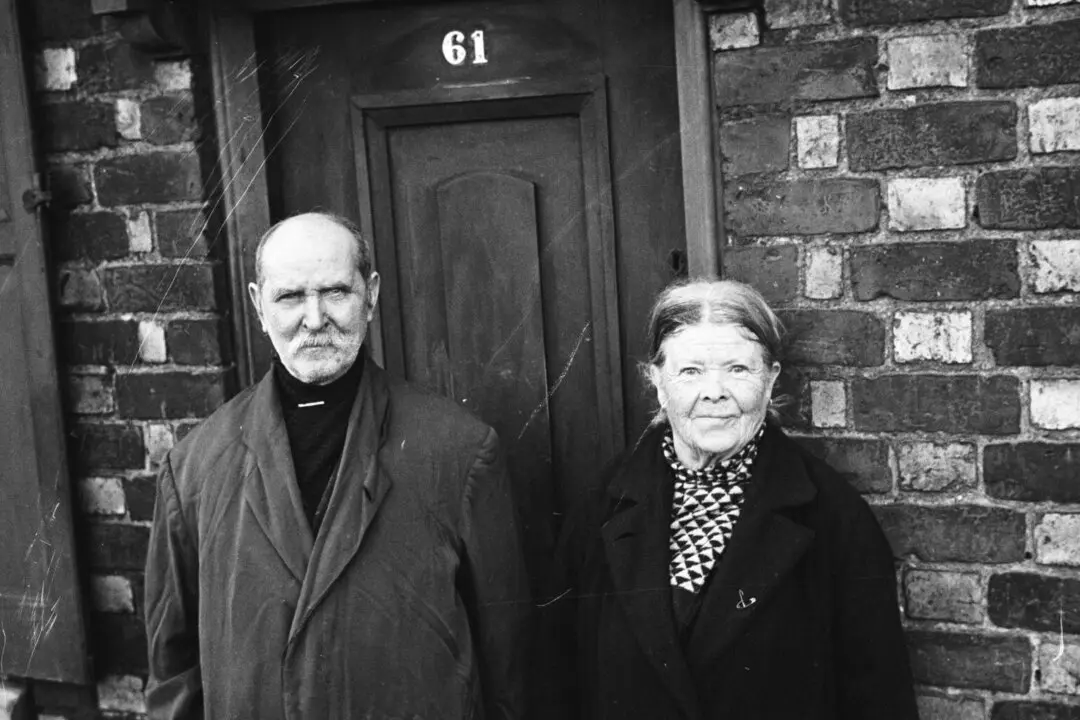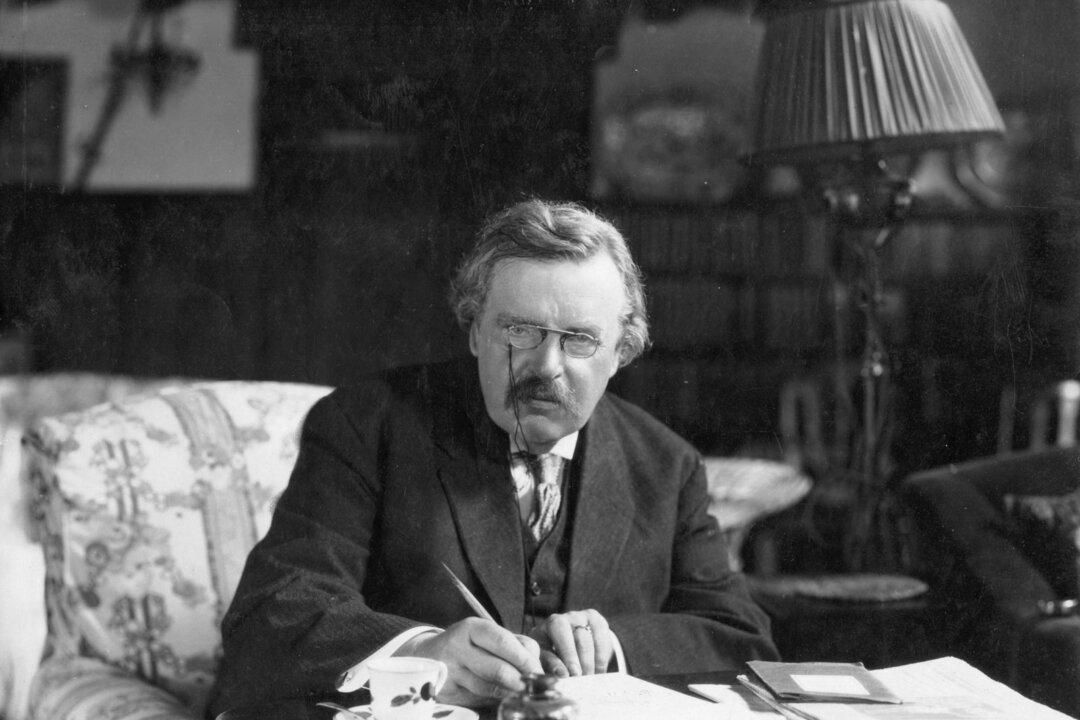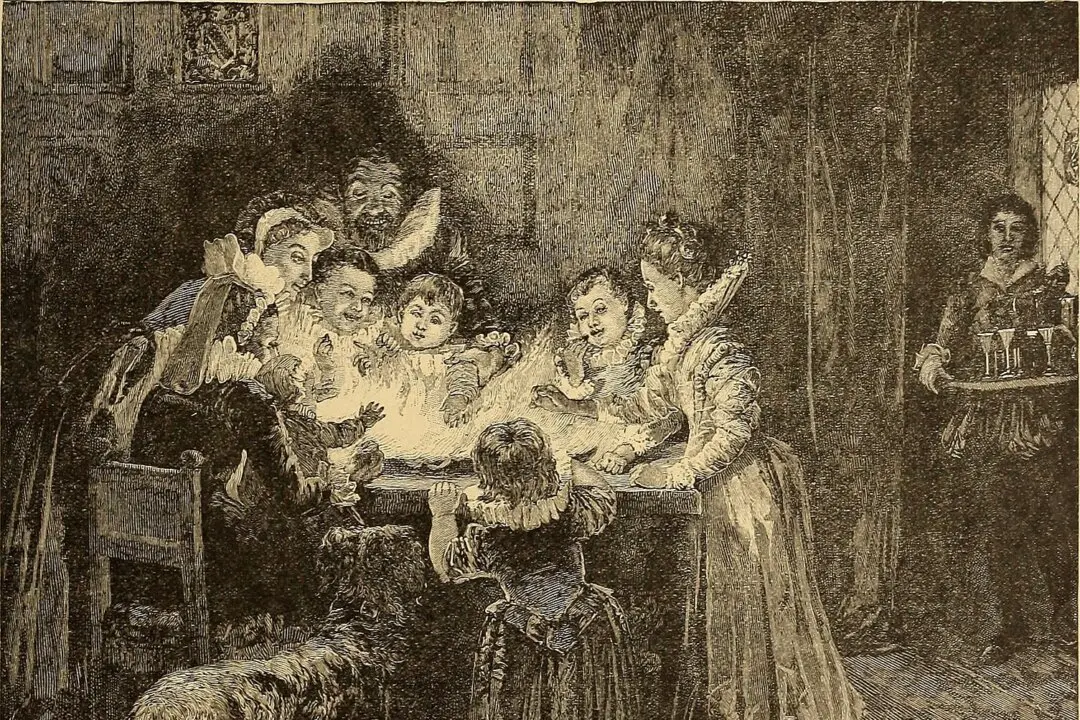Down through the slow drip of centuries, certain fairy stories have remained with us, somehow uniquely untouched by the erosion of time. They’ve become a standard part of a child’s upbringing. Even today, when reading is rarer than it once was, most children are familiar with Cinderella, Jack and the Beanstalk, and Saint George and the Dragon. True, many fairy tales have been retold and adapted, and many children know more about the Disney version than the Grimm version, but the basic structure and appeal of fairy tales have endured remarkably well. Some fairy tales date as far back as the Bronze Age yet are still being told today.
Clearly, fairy tales have a strange power that continues to fire the imaginations of children—and of many adults.






